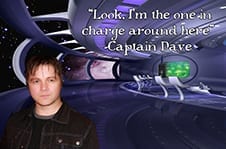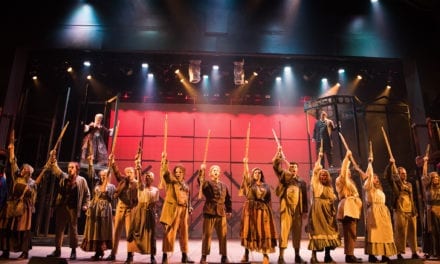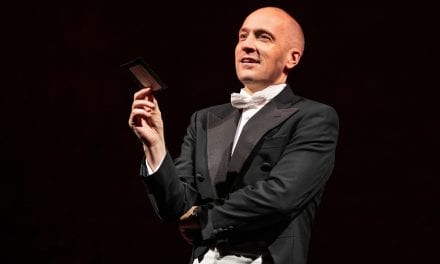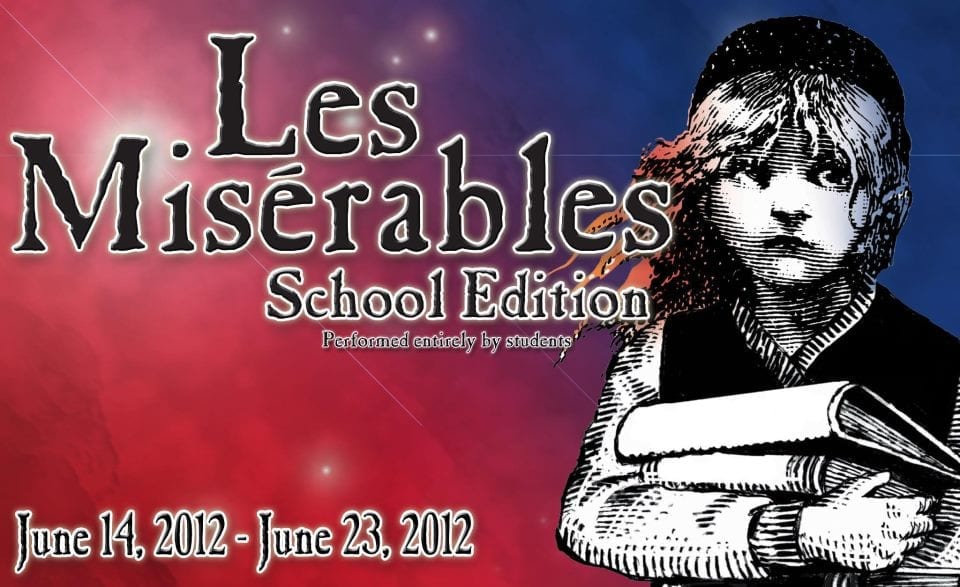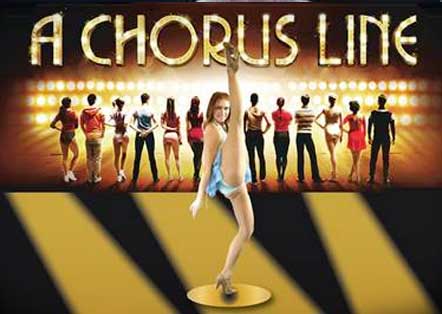DRAPER — Having previously attended a Poison Ivy Mysteries dinner production, I attended Death, The Final Frontier: May the Corpse Be With You with the knowledge that I would be expected to check my inhibitions at the door. The varied species of intergalactic travelers aboard the Death Star Mark III greeted me in the lobby of Christopher’s Steakhouse, and before I had even been shown to my seat they explained that I was about to take part in an important conference, the outcome of which would determine whether Argon III would be admitted into the Galactic Alliance. I will admit to giggling awkwardly and supplying highly unoriginal answers as members of the cast asked me questions about my planet of origin. When it was time for the scripted portion of the evening to begin, I had been assigned a small speaking role as Empress Rochi, a role which required I wear a curly red wig with horns, and had bumbled my way into claiming to be from the planet I-Don’t-Know.
In addition to fellow audience members occasionally called upon to play minor roles, this production featured seven permanent characters played by six actors. Jeff Myers presented the character of Klaa’tokie, a member of the planet seeking admittance into the Alliance. Andrew Lenz played the arrogant Captain Dave in charge of the rental ship on which the conference was held. Soola, a prophetess busy predicting the catastrophic consequences of allowing Argon III into the Alliance, was played by Adelle Curtis. Spencer Rosenlof became the young and occasionally squeaky Ensign Guy, an overeager captain’s assistant. Android, a disillusioned robotic servant to Captain Dave, was played by Brett Bawden. The final two characters, Zam Aran and Dr. What, were played simultaneously by one half of Jeremy Tuttle. While Jeremy’s right half portrayed the violent female Zam, his left gave life to the scholarly Dr. What.
The format for the evening included 15 minutes of mingling, followed by a scripted production ending in the untimely demise of one of the characters. Tasked with determining the murderer, audience members then spent 20 minutes questioning the suspects. After collecting written accusations, the cast exposed the perpetrator through a final scripted scene. The night ended with prizes awarded to audience members who had solved the mystery. Spread throughout the evening were opportunities for the audience to participate. Although it was a bit confusing in its relevance to the plot, one of the most enjoyable moments of the evening for me was a section of audience participation lead by Android. Split into four different groups, audience members were asked to complete an assigned physical motion at an appropriate time set to music. The audience’s far-from-perfect execution of each motion led to insults from Android and laughter from around the room.
The characters in the script, an original by producer/writer/director Annelise Parkes Murphy, were given dialogue that demanded over-the-top portrayals of each character and afforded opportunities to solicit audience laughter. This was frequently done through the use of references to other science fiction media or to dated toys and objects. Although my husband seemed to catch most of the references and was willing to explain them to me, I did not seem to be the target demographic for these jokes. There were also a few musical numbers by composer Jeff Parkes interspersed with the spoken dialogue, most of which were written in a rap format. The word choice, rhythms, and rhyming patterns were overly simplistic, making these rap sequences largely uninteresting. However, because of the complete commitment to character, this cast managed to keep my interest throughout both the dialogue and the lyrics. Each actor developed not only a specific pattern of speech for his or her character, but also moved in a consistent, differentiated manner. For Lenz, this meant engaging in egotistical hair flips and frequent poses throughout Captain Dave’s scenes. For Rosenlof, it meant delivering each line with a slightly pathetic higher pitch and continuous whine. And for Tuttle, this meant flipping the switch from male affectations to female depending on which side of his body faced downstage. It was impressive to watch him change his stance, his voice, and his body language, especially when he was tasked with infusing Zam Aran with sexual appeal.
The costumes and props, although not credited in the program and appearing to be constructed from low-budget materials, helped establish both character and setting. Klaa’tokie wore red contacts and false teeth which at close range supported his violent upbringing as a warrior on his planet. Zam Aran’s leather pants and high heeled boot set her apart visually from Dr. What’s sport coat and Levis. Soola’s purple makeup and wig added variety and depth to a costume which would otherwise have looked like a Halloween costume kit. Android’s silver visor tied him undeniably to the Star Trek character he was so obviously spoofing and concealed his “humanoid” eye movements, allowing him to take on a robotic character. The show’s lighting was surprisingly detailed, especially considering the transitory nature of the Poison Ivy Mysteries format, and I enjoyed when the lighting colors changed to enhance the mood of the scene.
Murder mystery dinner theater is definitely a unique niche under the umbrella of theatre, and it begs to be reviewed against a different set of criteria. With its overall purpose presumably being to entertain, this production was certainly a success. Although I did not feel any pressing desire to solve the mystery, I was provided with many opportunities to laugh both at myself and at others throughout the evening. If donning a wig and horns, talking to strangers dressed as aliens, and solving a mystery presented partly through amateur rap sounds like your idea of a good time, take a friend or a date to see Death, the Final Frontier: May the Corpse Be With You.

